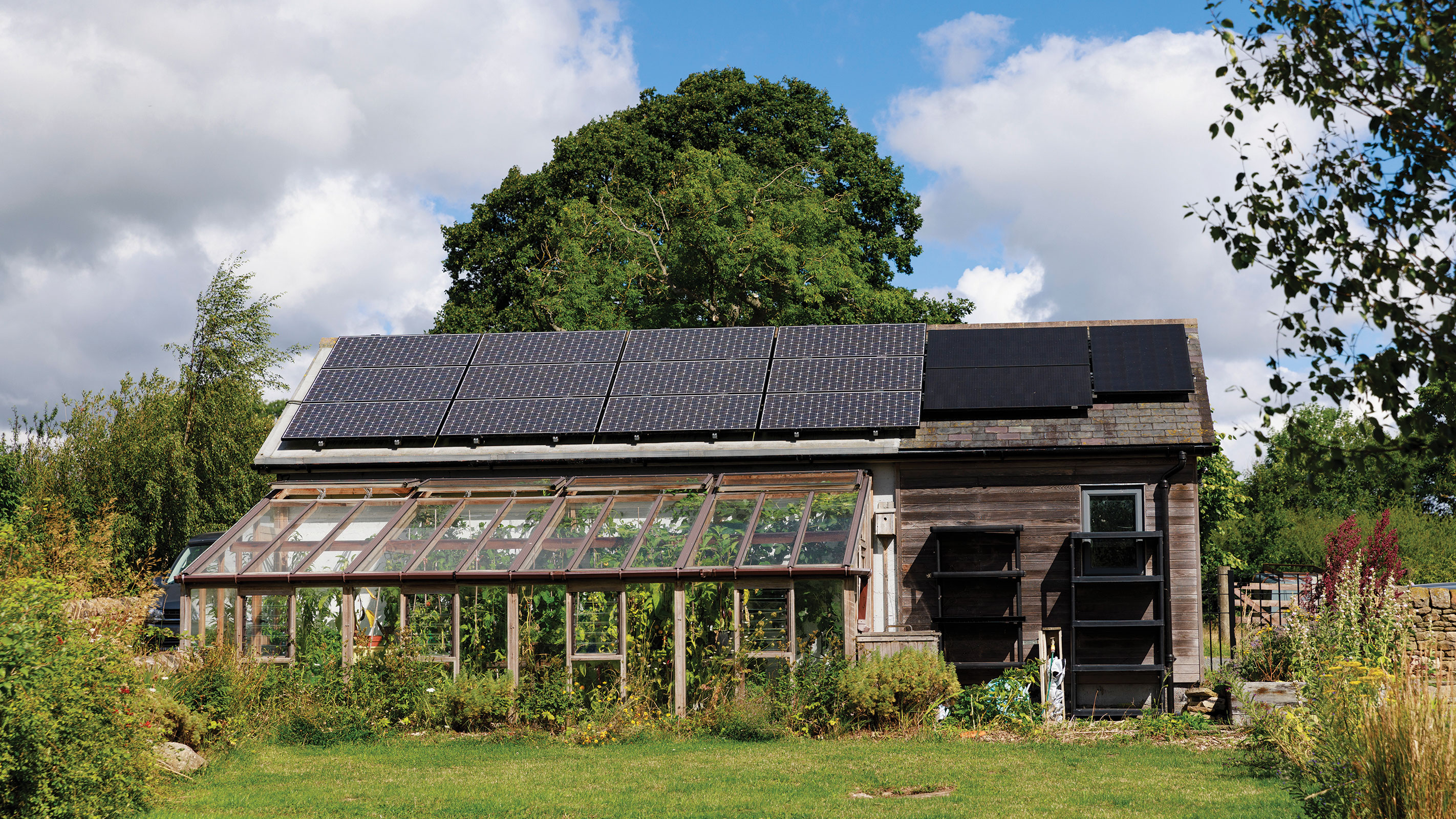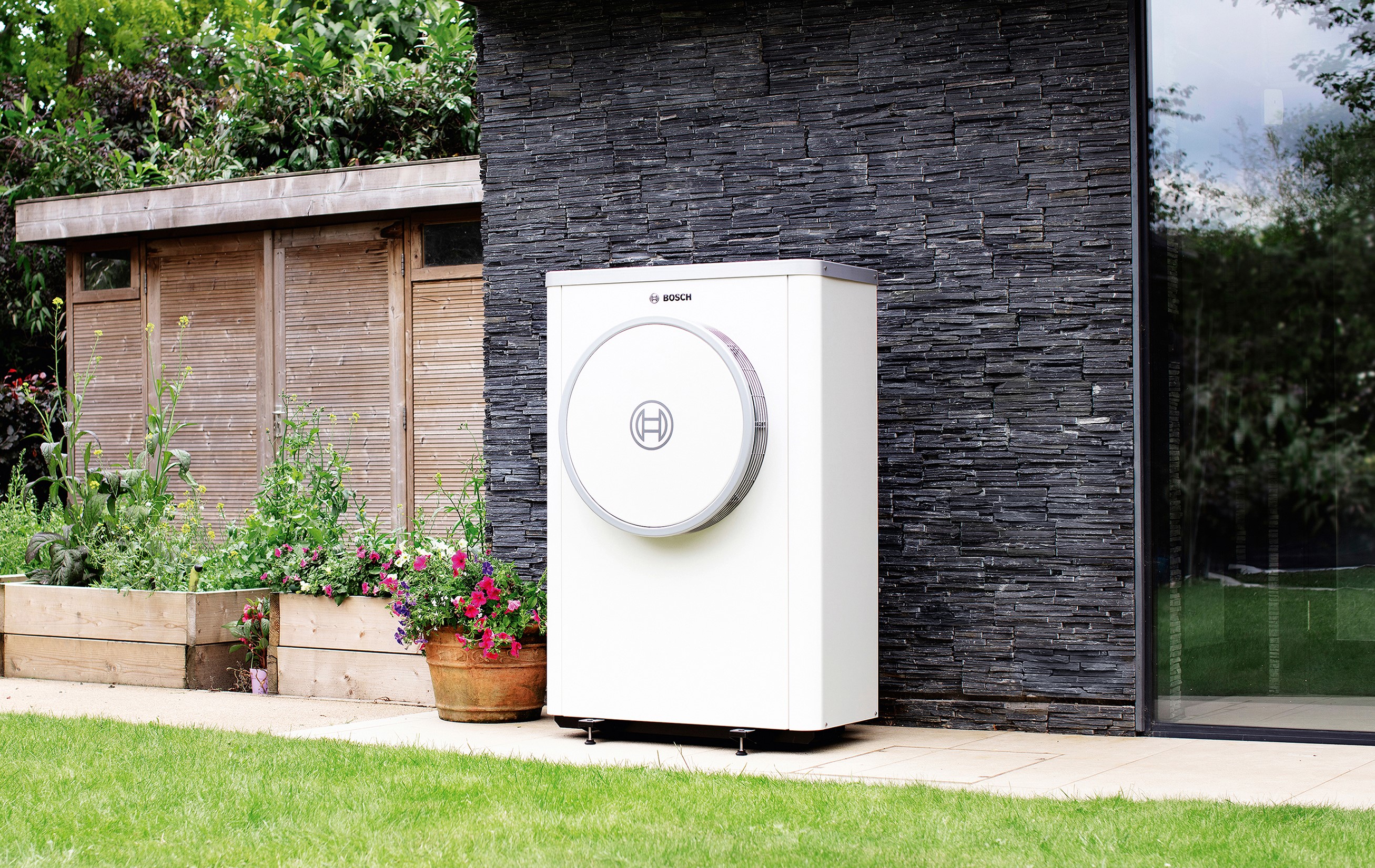Smart Export Guarantee: Can you make money from solar PV panels?
The Smart Export Guarantee sees homeowners paid for surplus renewable energy they export to the Grid — so could you make a profit from your solar PV panels? Here’s what you need to know

Have you heard of the Smart Export Guarantee and do you know how it could help you? If not, it is about time you got up to speed.
More and more of us are adopting ways to generate our own electricity, be it through solar panels, wind turbines or other means.
Very often this results in a surplus of electricity that we can sell back to the grid, so it’s important to know how much you’ll be paid for that. Step in the Smart Export Guarantee (SEG). The SEG was introduced by the Department for Business, Energy and Industrial Strategy (BEIS) in January 2020 to replace the Feed-in Tariff (FIT) scheme, which closed in March 2019. It is an incentive scheme that ensures small scale generators of renewable electricity are paid for the electricity they export to the grid.
How does the Smart Export Guarantee work?
Large licensed energy companies supplying energy to at least 150,000 customers must provide one SEG tariff . Smaller energy companies can do so as well, on a voluntary basis. Energy suppliers can also choose to provide other ways of paying for exported electricity, alongside the SEG.
Anyone exporting electricity to suppliers must ensure their generation equipment is certified under the Microgeneration Certification Scheme (MCS) or an equivalent. Suppliers are entitled to ask whether generation equipment is MCS certified to meet the standard.
Applying for the SEG isn’t complicated, the first step being to see who in the local area has an SEG licence. You should shop around initially to see which energy supplier operating an SEG tariff best suits your needs. Before applying, you will need:
- A smart meter or half-hourly export meter reading
- Your MCS certification (or equivalent)
- Proof that you are the owner of the generation technology being used to export the electricity
- The application form (find this on the SEG licensee’s website)
- For anaerobic digestion, a separate additional form can be found on the Ofgem website.
Applications can take up to 28 days to process and the SEG licensee may want to inspect the generation technology before they accept the application.
Can I be an Smart Export Guarantee generator?
Householders exporting electricity under the SEG must live in Scotland, England or Wales. Those living in Northern Ireland are not eligible.
Generation technologies covered by the scheme include solar PV panels, wind turbines, small hydro or anaerobic digestion of up to 5MW, or micro combined heat and power (micro CHP) of up to 50kW.
Additionally, an energy storage system (ESS) could also be eligible for the SEG, but this may be subject to a number of rules. For example, the ESS could store non-renewable electricity from the grid (brown electricity) before exporting it and energy suppliers could refuse to pay for this electricity, as some of them only pay for green electricity.
In such cases, the energy supplier could ask the householder to show how they separate the green electricity, generated by their household renewable energy generation system, from the brown electricity sourced from the grid.

How much does the Smart Export Guarantee pay?
There is no specified minimum tariff for SEG payments — it is up to energy suppliers to decide what tariffs they offer for exported electricity. They could offer more than one tariff or just one tariff.
The tariffs can be fixed or variable. The fixed tariff will pay a specified rate per kWh of electricity over the length of the contract, while a variable tariff will vary according to the market demand.
As a rough guide, with an average household consumption of 3,000 kWh, at a tariff of 5.5 pence per kWh, a household generator could earn £165 per year, but given that the householder will actually use about half of the electricity being generated, the more likely figure would be around £80.
Added to energy bill savings from the generation technology, the householder could technically save upwards of £200 per year with export payments under the SEG.
It pays to shop around, with some providers offering more generous tariffs than others.
“We currently offer two fixed export tariffs, SEG and ‘Fixed Outgoing’. In September we doubled the rates we offer from Fixed Outgoing to 15p per kWh exported back to the grid,” says a spokesperson for Octopus Energy. “We have very few SEG export tariff customers as these kinds of customers only use us to export electricity back to the grid. This tariff offers 4.1p/kWh. Most of our export customers receive energy from us too, and are on our Fixed Outgoing tariff.”
To work out your likely payments from different energy suppliers, log on to the Energy Saving Trust website, where you’ll find a solar energy calculator.
Can the SEG be combined with other grants?
Householders can combine the SEG payments with other grants and financial support, with the exception of the FIT scheme, which cannot be paid to householders alongside the SEG. Householders already receiving FIT payments can choose to leave the FIT scheme and apply to the SEG instead. However, householders cannot receive both of them; they have to opt for either one or the other.
Homeowners can, however, receive other payments. For example, Scottish homeowners can apply to the Home Energy Scotland Grant and Loan. The SEG tariff could also be combined with grants such as the Boiler Upgrade Scheme, which offers £5,000 towards the cost of an air source heat pump.
Energy suppliers are also paying generators their own set tariffs for electricity exported to the grid. However, these kind of deals are specific to each household and may involve the generation and supply being metered. They may also be subject to a time limit or other conditions.

Is the Smart Export Guarantee worth it?
Generally, as with other incentives in previous years, such as the FIT, the SEG is a good idea, because it forces energy suppliers who receive electricity from small-scale renewable energy generators to actually pay for the electricity they receive from those generators.
However, it is flawed in the sense that energy suppliers can choose how much they pay to generators. There is no fixed rate and the government allows suppliers to pay any rate above zero. This means, with energy bills rising constantly, that the SEG could potentially fall in value against the rising cost of energy generally.
Furthermore, there is little sign currently of any energy suppliers intending to increase their rate. Some organisations are responding to this by calling on the government to force energy suppliers to pay householders the full value of their exported electricity. This in turn, if the government agrees to actually do this, would encourage more householders to install renewable energy systems, increasing the supply of green electricity, reducing energy bills and cutting UK greenhouse gas emissions.

Robin is a journalist who writes on environmental issues, climate change and renewable energy.
Get the Homebuilding & Renovating Newsletter
Bring your dream home to life with expert advice, how to guides and design inspiration. Sign up for our newsletter and get two free tickets to a Homebuilding & Renovating Show near you.

Robin is a freelance journalist based in the South West of England, UK. He specialises in environmental issues, climate change and renewable energy, with other interests in transport and green motoring. He is a regular daily correspondent for a renewable energy website, writing news articles and interview pieces on all the main clean energy technologies. He has also written widely for numerous magazines on these topics, as well as writing white papers and web content.
